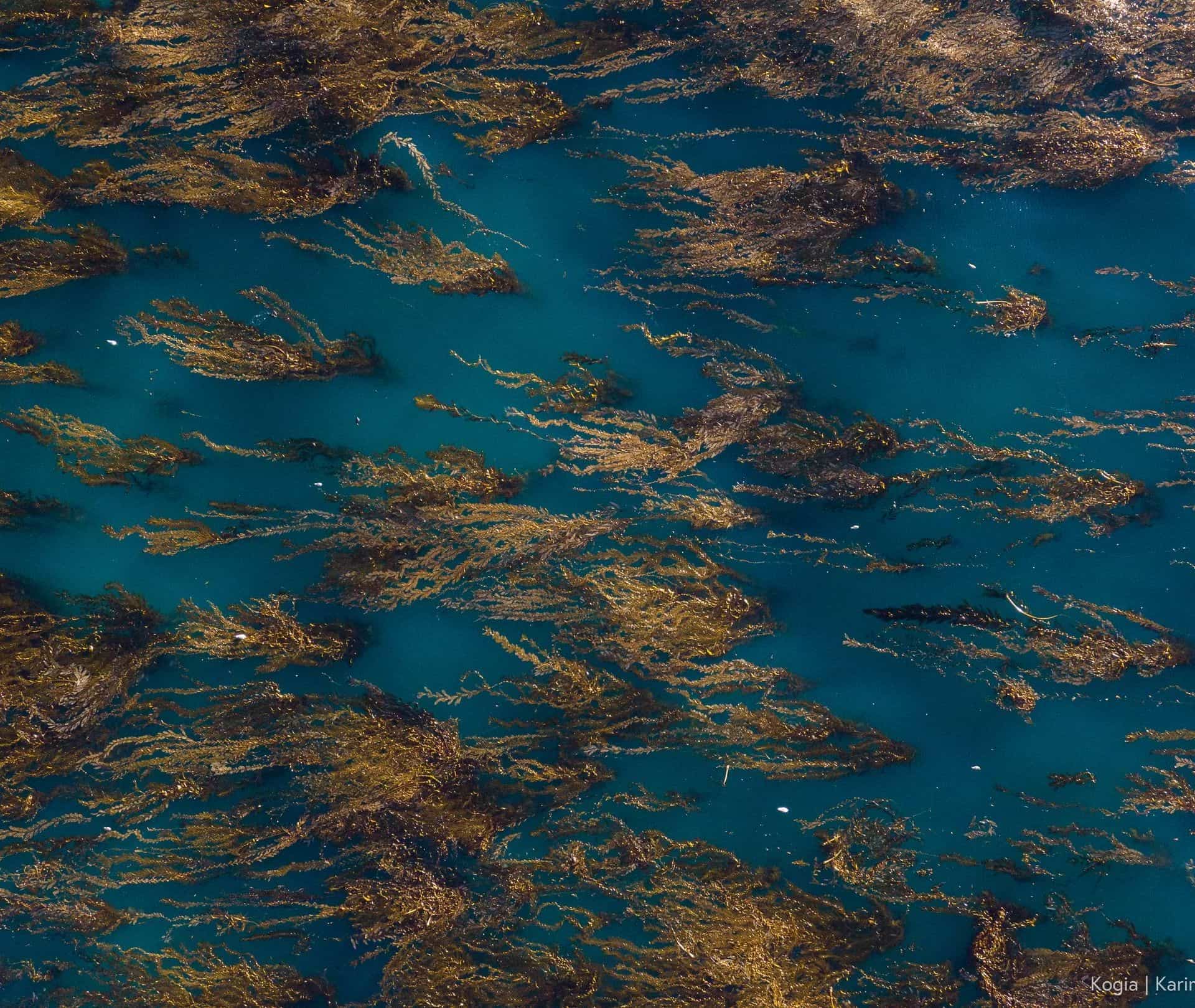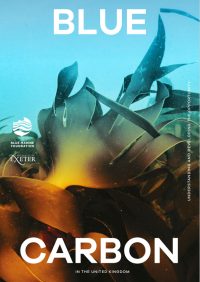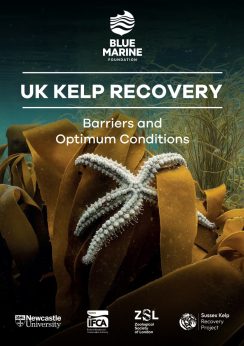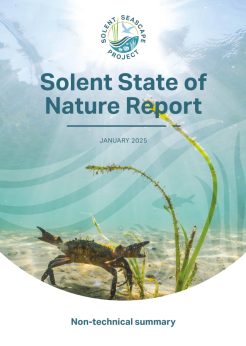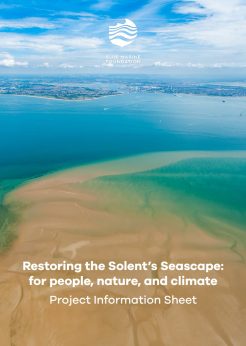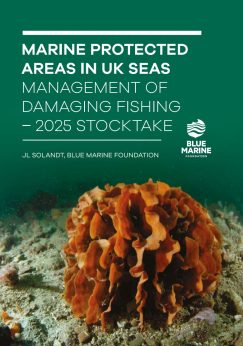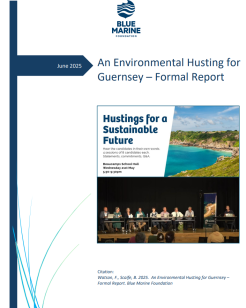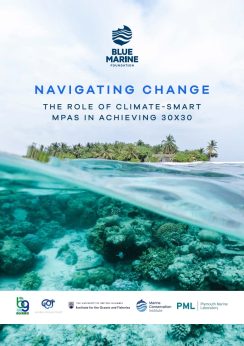Each of the major blue carbon habitats (the definition is currently limited by the United Nations Framework Committee on Climate Change to mangroves, seagrass, saltmarsh) provide nurseries for marine life and extraordinary benefits to the communities that live alongside them. Each habitat is also, sadly, in severe decline. Meanwhile, global carbon dioxide emissions continue to rise and nature-based solutions for sequestering carbon are in short supply. Blue carbon is a concept that governments can include in their national greenhouse gas inventories, and that companies may be able to invest in at a scale that dwarfs philanthropic donations to marine conservation. However, the science of blue carbon is in its infancy, with gaps in evidence and quantification. The techniques to develop, verify and monitor blue carbon projects and their impact on biodiversity globally are still emerging.
This report aims to explore the global scale and opportunity for blue carbon habitats to act as a climate change solution, the benefits that this will provide and the consequences of degradation. It points out the fact that often blue carbon habitats sequester carbon very rapidly, as compared with terrestrial forests, and store it for long timeframes. It considers the opportunities represented by the better acknowledged and understood blue carbon habitats in the United Kingdom (mangroves are present in the United Kingdom Overseas Territories). It also looks at more innovative forms of blue carbon such as macroalgae and sediment, both of which are research priorities that have been overlooked by science until recently. The report examines the potential for blue carbon projects within UK waters. Finally, the authors explore the emerging blue carbon market and the potential for this to develop in the United Kingdom, before highlighting some potential projects.
